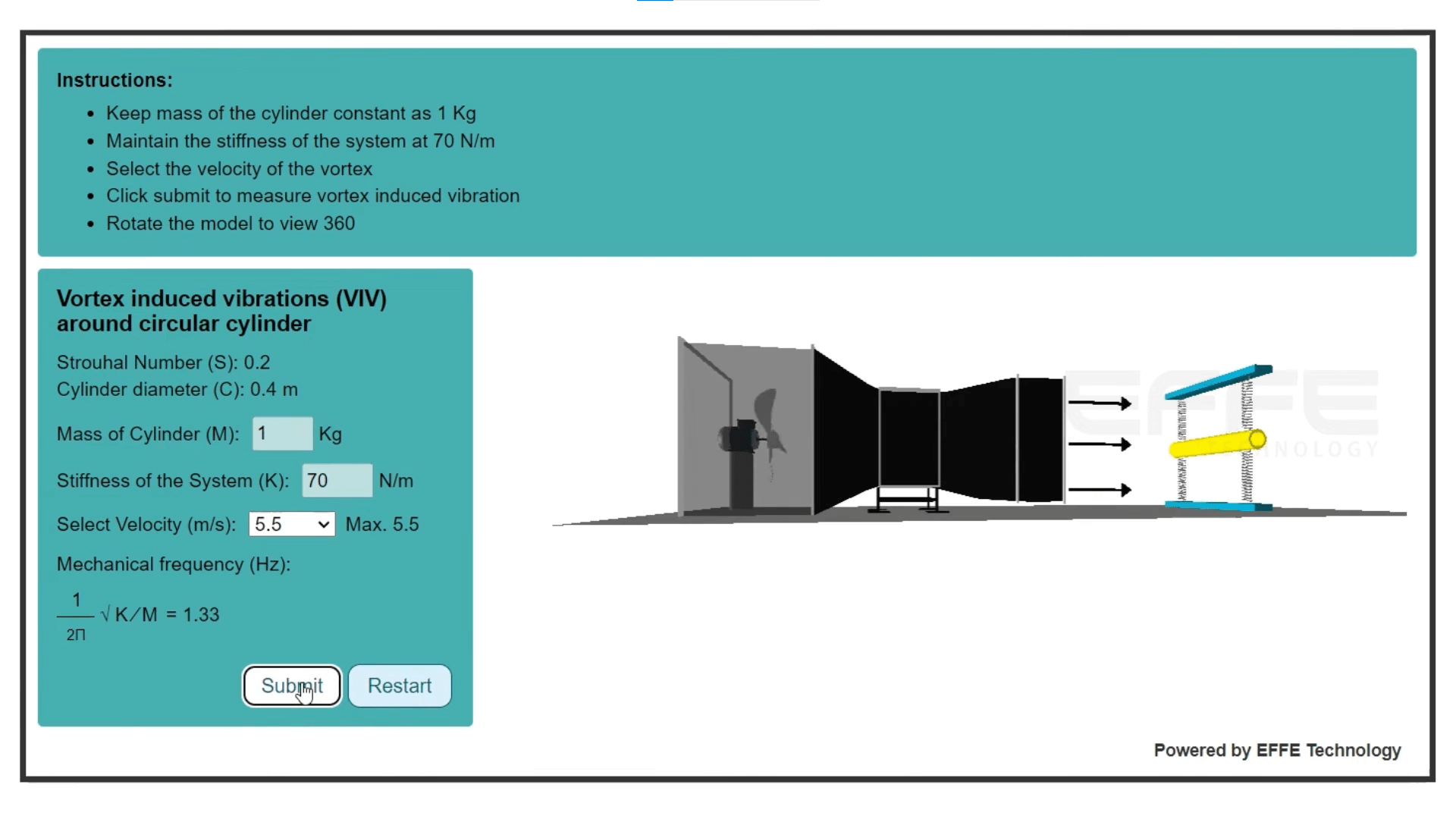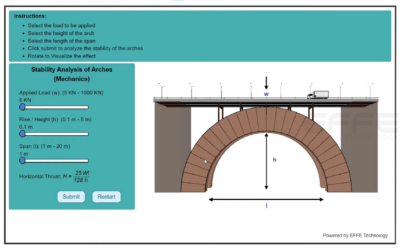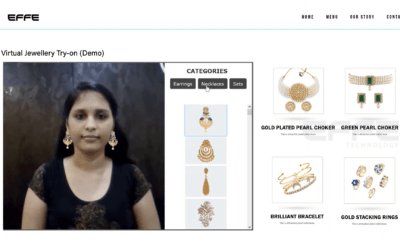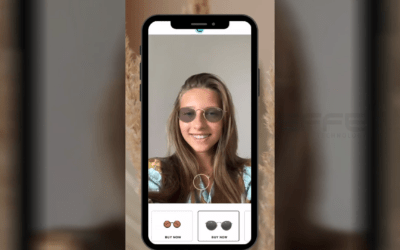Introduction
Virtual Lab Simulations in manufacturing industry increasingly relies on simulation technologies to study complex phenomena, like vortex-induced vibrations (VIV) around circular cylinders. These vibrations are crucial for designing and analyzing various industrial components such as pipes and structural elements. EFFE Technology, a leader in virtual reality (VR) solutions, developed a cutting-edge Virtual Lab Simulations in Manufacturing specifically designed to study VIV in manufacturing environments. This case study explores EFFE Tech’s VR solution for simulating vortex-induced vibrations around circular cylinders and its impact on manufacturing and engineering education.
Project Brief
The client, a global manufacturing and engineering firm, needed a virtual environment where engineers and researchers could simulate and analyze vortex-induced vibrations around circular cylinders. The goal was to create an accessible, accurate Virtual Lab Simulations in Manufacturing to understand the forces and behaviors of these vibrations under varying conditions. Using VR technology, the client aimed to enhance research capabilities and improve educational outcomes for engineering staff and students, eliminating the need for costly physical prototypes.
Client Requirement
The client requested a VR solution that would meet the following objectives:
- Accurate Simulation: The primary requirement was a highly accurate simulation replicating real-world vortex-induced vibrations around a circular cylinder. This included fluid flow modeling, cylinder motion, and the impact of varying conditions like flow velocity and cylinder diameter.
- Interactivity: The VR experience needed to be interactive, allowing users to adjust variables such as fluid velocity, cylinder diameter, and flow direction. This would enable users to observe how these changes impacted vortex-induced vibrations in Virtual Lab Simulations in Manufacturing.
- Scalability and Accessibility: The solution had to be scalable across different devices, including VR headsets, desktops, and mobile platforms, ensuring accessibility for engineers and students across multiple locations.
- Real-Time Data Visualization: The client required real-time data visualization of the simulation, including vortex patterns, vibration frequencies, and fluid flow characteristics.
- Educational Integration: The VR simulation needed to integrate into the client’s training programs, allowing engineers to learn about vortex-induced vibrations through hands-on, experimental experiences without needing physical experiments.
Project Planning, Strategy, and Our Process
After receiving the project brief, EFFE Technology created a comprehensive strategy for delivering the VR simulation:
- Research and Conceptualization: The team conducted thorough research on vortex-induced vibrations and their impact on cylindrical structures. This included studying VIV, fluid dynamics, and engineering applications in manufacturing. The objective was to ensure that the Virtual Lab Simulation in Manufacturing accurately reflected real-world conditions, meeting the client’s needs.
- 3D Modeling and Simulation: In this phase, EFFE Tech’s team created highly detailed 3D models of the circular cylinder and fluid dynamics. Using advanced simulation software, the team replicated vortex shedding and the resulting vibrations accurately, ensuring a highly realistic Virtual Lab Simulations in Manufacturing.
- VR Development: The next step was integrating these 3D models into an interactive VR environment. The user interface was designed to be intuitive, allowing users to adjust variables and observe how these changes affected vortex-induced vibrations in real time. The simulation offered the flexibility to modify parameters like fluid velocity, pressure, and cylinder properties.
- Testing and Optimization: Throughout the development process, EFFE Technology performed rigorous testing to ensure both accuracy and efficiency. The team conducted multiple rounds of user testing with engineers to gather feedback and refine the simulation’s interactivity, ensuring it met the client’s requirements.
- Deployment and Training Integration: The final VR simulation was deployed across the client’s network, making it compatible with VR headsets and other devices. EFFE Technology also provided training materials to help integrate the simulation into the client’s educational curriculum, ensuring effective use across the organization. Visit Our Partners Site
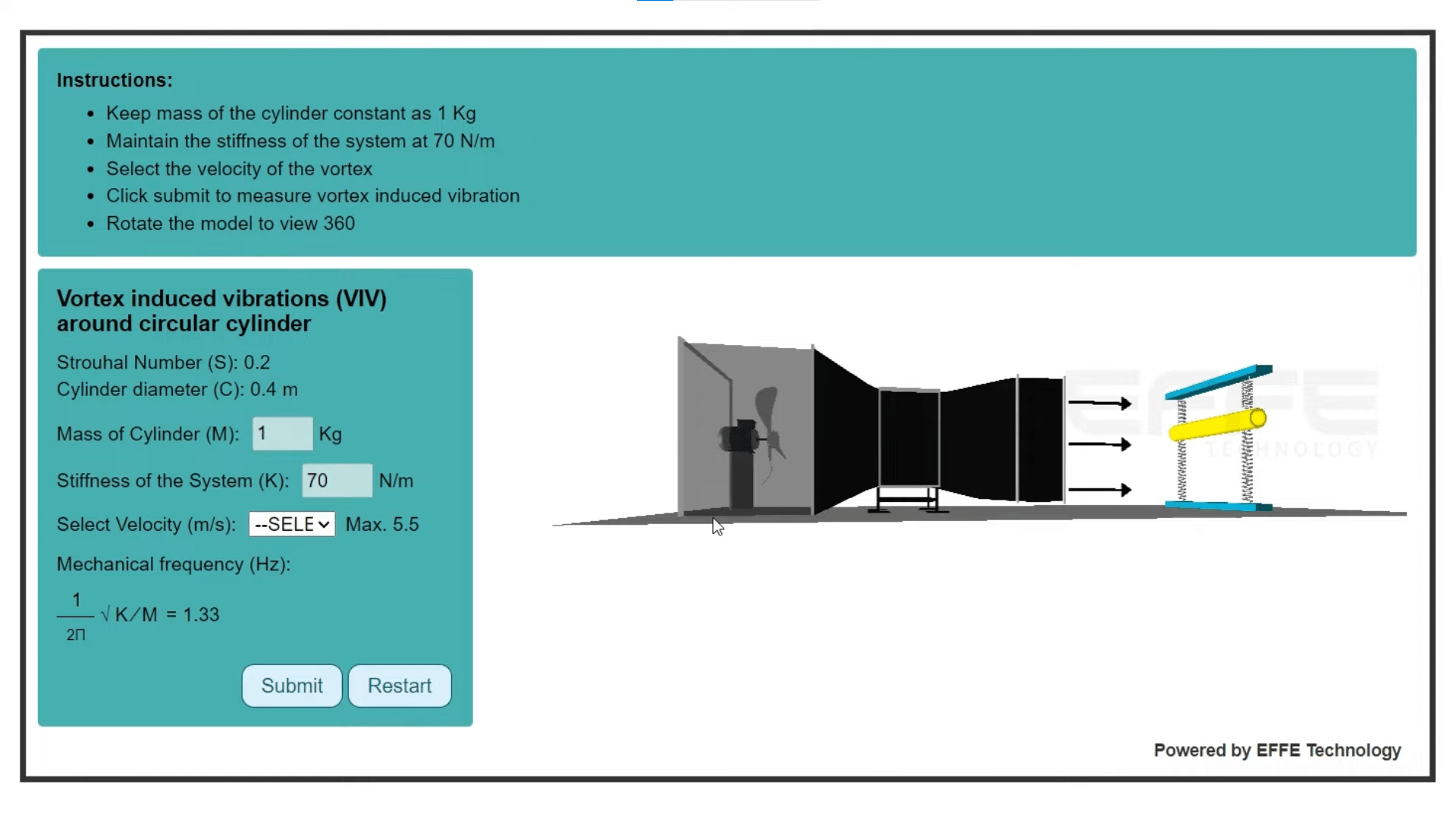
Deliverables and Client Benefits
The final deliverable was a comprehensive, interactive VR simulation that allowed users to explore vortex-induced vibrations around a circular cylinder under different conditions. Key features included:
- Accurate Fluid Dynamics Simulation: The VR simulation accurately modeled vortex shedding and its effects on the cylinder, offering real-time feedback on vibration frequencies, pressure changes, and fluid flow patterns.
- Interactive User Interface: Engineers and students could adjust variables such as fluid velocity, temperature, and cylinder diameter to observe how these changes influenced vortex patterns and vibrations in the Virtual Lab Simulations in Manufacturing.
- Real-Time Data Visualization: The VR simulation provided users with data related to vortex formation, vibration frequencies, and pressure distribution, which enhanced their understanding of fluid dynamics and vortex-induced vibrations.
- Scalability: The VR solution was available across multiple devices, including VR headsets, desktops, and mobile devices, ensuring scalability and accessibility for engineers and students in various locations.
- Training and Educational Integration: The VR simulation was fully integrated into the client’s training programs, offering engineers a cost-effective, hands-on learning tool to better understand vortex-induced vibrations in the manufacturing industry.
The client benefited from several advantages:
- Cost Savings: The virtual lab solution eliminated the need for physical experiments and prototypes, reducing costs associated with materials, equipment, and laboratory space.
- Enhanced Learning: Engineers and students gained interactive, hands-on learning experiences, significantly improving their understanding of vortex-induced vibrations and fluid dynamics through Virtual Lab Simulations in Manufacturing.
- Improved Research Capabilities: The ability to simulate a wide range of scenarios allowed for more detailed research, enhancing design accuracy and reliability.
- Increased Accessibility: The VR simulation made complex concepts more accessible to a wider audience, including engineers in the field, researchers at universities, and office-based engineers.
- Scalability: The VR solution was designed for easy expansion, allowing the client to add more simulations or features as required, ensuring long-term usability.
Conclusion
EFFE Technology’s virtual reality solution for vortex-induced vibrations in the manufacturing industry has revolutionized both education and research. By leveraging VR technology, engineers and students were able to interact with a dynamic, real-time simulation that enhanced their understanding of vortex-induced vibrations and fluid dynamics. The project not only provided the client with a cutting-edge educational tool but also delivered a scalable, cost-effective solution for ongoing research and training. As the manufacturing industry increasingly adopts digital tools and virtual environments, EFFE Technology’s VR simulation stands at the forefront of innovation, shaping the future of engineering education through its Virtual Lab Simulations in Manufacturing.
Virtual Lab Simulations in Manufacturing | Vortex induced vibrations (VIV) around circular cylinder

